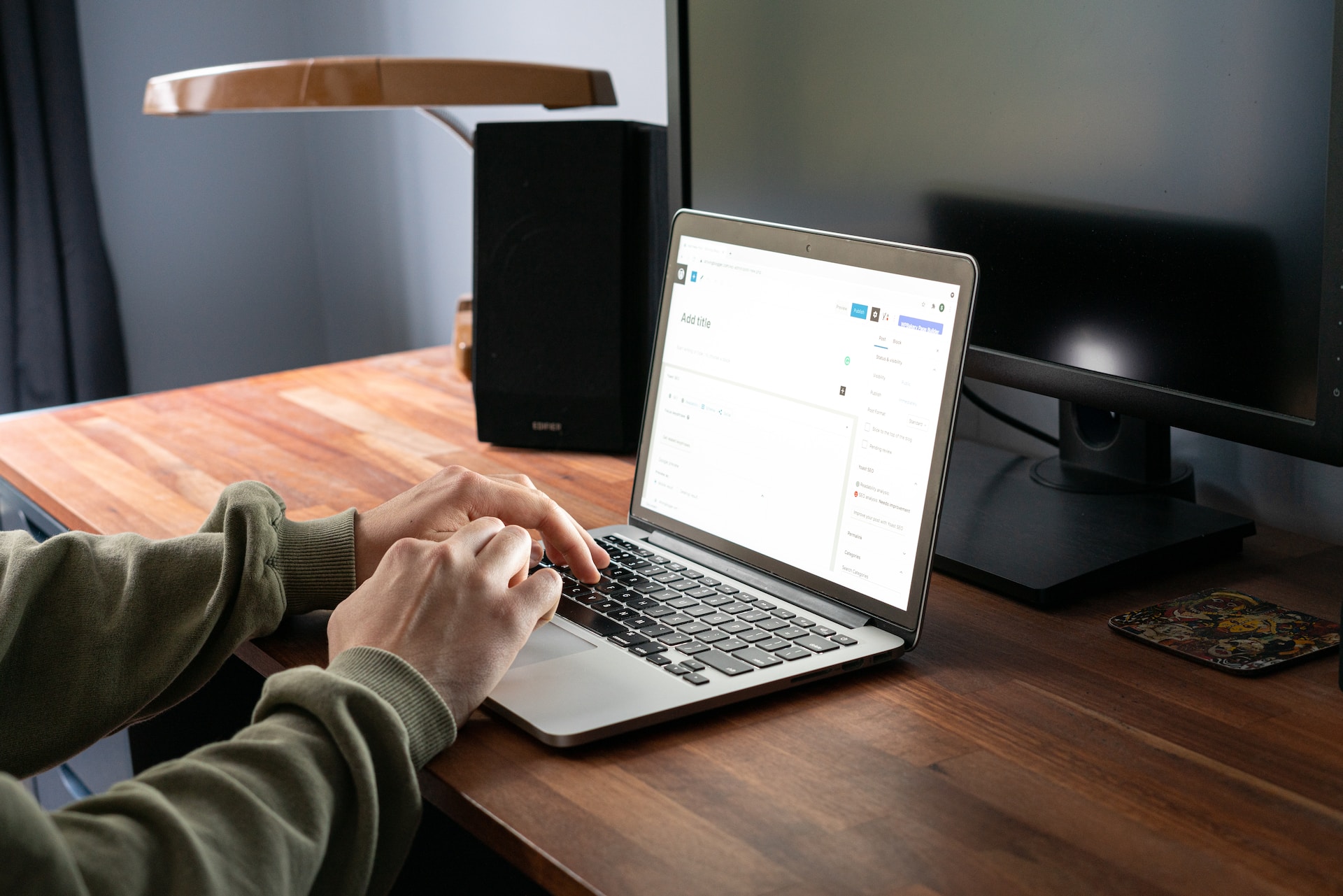
Visual Content SEO: Optimizing Images and Videos for Search
Are you looking to boost your website’s visibility on search engines? Want to increase organic traffic and reach a wider audience? Well, visual content optimization might just be the missing, long-gone piece of the puzzle for your interactive SEO boost strategy. As attention spans are getting shorter than ever, day by day, images and videos have become powerful tools for capturing users’ interest and driving engagement. But simply adding visuals to your website isn’t enough — you need to optimize them for search as well. In this blog post, we’ll share some expert tips on how to optimize your visual content, which includes images and videos to elevate your website’s ranking in multiple search engine results pages (SERPs).
Image and Video Optimization
Image and video optimization plays a vital role in boosting SEO efforts by improving user experience, increasing page load speed, enhancing mobile responsiveness, as well as providing engaging content for visitors. Of course, optimizing your images and videos goes beyond just technical aspects that we’ll be talking about very soon – it also needs you to create engaging and relevant content. When selecting visuals for your website, consider how they align with the overall message you want to convey. Are they informative? Do they evoke emotions? Remember that high-quality visuals have the power to captivate audiences, encourage social sharing, and ultimately drive traffic back to your site.
File Size and Compression
Large files basically slow down the loading time of your website, which negatively affects both user experience and SEO rankings. To ensure optimal performance, it’s important to compress your visual content without sacrificing quality. There are various tools available that can help you achieve this, such as Adobe Photoshop or online platforms like TinyPNG or Compressor.io. By reducing file sizes through compression techniques, you not only improve page load times but also make it much easier for Google, Bing, and other search engines to smoothly crawl and index your content. This ultimately increases your chances of ranking higher in search results.
Mobile Responsiveness
We live in a mobile-first world, where people use their smartphones and tablets to access the internet more than ever before. This means that optimizing your visual content for mobile responsiveness is crucial if you want to reach and engage with your target audience. When it comes to images and videos, ensuring they are mobile responsive involves making sure they can be easily viewed and smoothly navigated on smaller screens. This means the necessity to use responsive design techniques such as fluid sizing, which allows the content to simply adjust to various different screen sizes without losing quality or distorting proportions.

Engaging and Relevant Content
As mentioned, creating engaging and relevant visual content is all about capturing the attention of your audience and keeping them hooked. Whether it’s through stunning imagery, captivating videos, or informative infographics, your visual content should provide value to the viewers. Visuals have a unique power to tell stories in an instant. Use this opportunity to convey a narrative that captures emotions and connects with your audience on a deeper level. However, be sure your authenticity stands out. Don’t be afraid to show the real side of your brand through genuine visuals that reflect its personality. Remember that search engines also consider user engagement signals when ranking websites. The more engaging and relevant visuals you create, the longer your site’s visitors will conveniently stay on your site while also cutting off bounce rates and improving SEO performance.…
